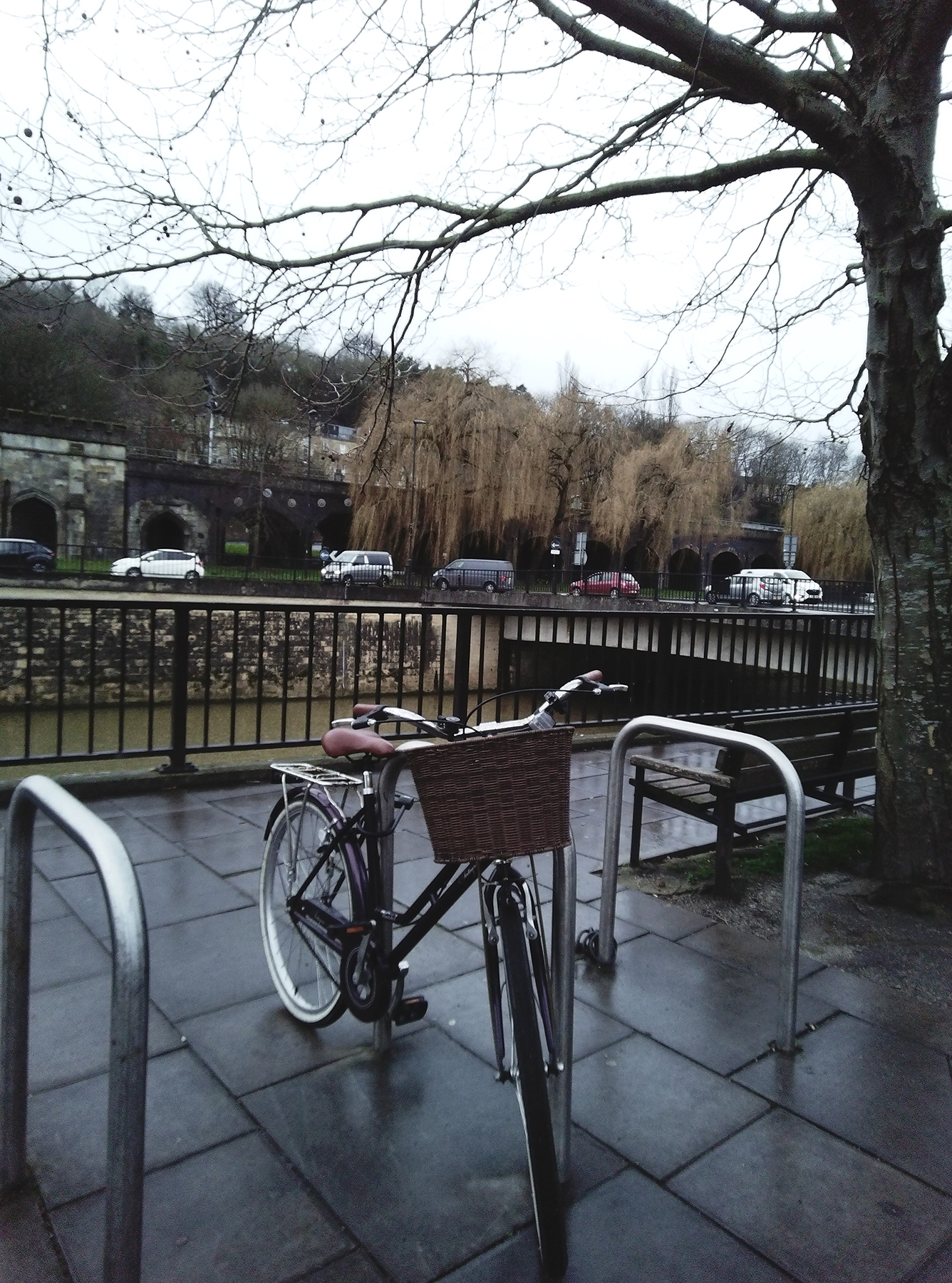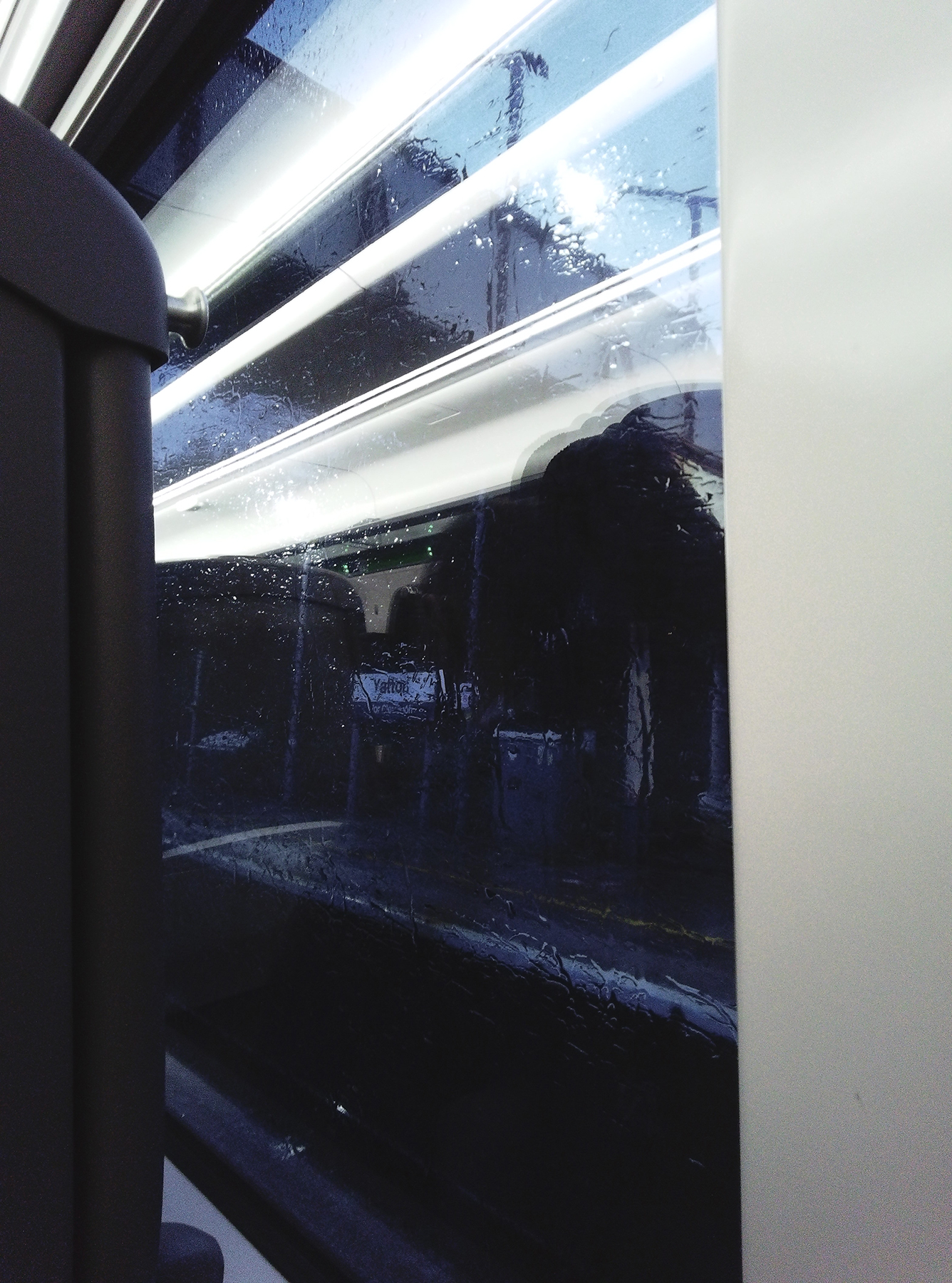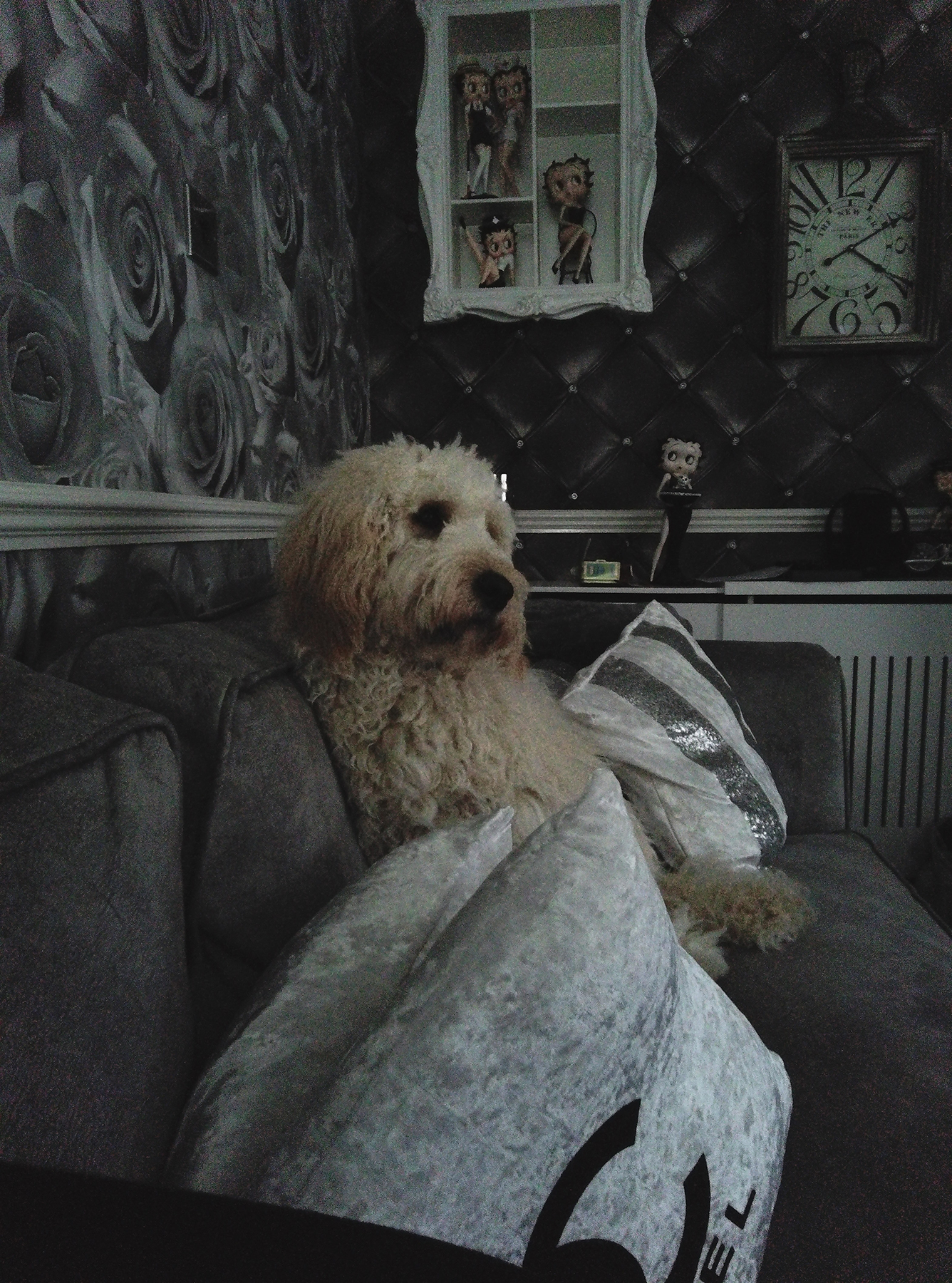Digital Camera World Verdict
A great little gimmick to provide entertainment for a week, also suitable as a novelty gift for the special photographer in your life, however the Paper Shoot camera is not practical enough to replace the smartphone camera many of us already carry in our pockets. The Paper Shoot camera does not compare in quality to that of the average smartphone camera, with a constant need to recharge and replace the batteries.
Pros
- +
Environmentally friendly
- +
Alternative to disposable cameras
- +
Different case designs available
- +
Aesthetically pleasing appeal
- +
Shoots Video and time-lapse
- +
Can help with phone addiction
Cons
- -
Extremely poor battery life
- -
Needs rechargeable batteries
- -
Difficult to frame images correctly
- -
SD card not included
- -
Overpriced and bad value for money
Why you can trust Digital Camera World
The Paper Shoot Paper digital eco-friendly camera is marketed as a great alternative for those who love the features of disposable cameras, without the need for developing or scanning the images. The added bonus of using a Paper Shoot camera is that you don't need to throw it away afterwards and can keep on shooting as long as you like... supposedly.
Paper Shoot does deserve some praise for the environmentally friendly factor of its "paper" cameras, a fantastic alternative to disposable and film cameras, undoubtedly. The different case designs available, though expensive, also add an aesthetically pleasing appeal to the body of the camera, perfect for those who love to show off their cameras on Instagram, or desire a pretty edition to the camera display shelf (we all have one, don't deny it).
After spending a few weeks with the Summer Bloom Peony edition of the Paper Shoot camera, many faults, malfunctions and straight up irritation of constantly buying batteries left me with a passive-aggressive sentiment towards this camera.
• Read more: Best disposable cameras
Paper Shoot Camera specifications




Resolution: 16MP CMOS Image Resolution
ISO range: Automatic (N/A)
White Balance: Automatic (N/A)
Lens: f/2 - equivalent of a 22mm lens on a 135mm film camera.
Viewfinder: N/A
Video: 1080p 10 seconds
Memory cards: SD/ Micro SD card, up to 32GB
Color Effects: Normal / Black & White / Sepia / Blue
Connectivity: Micro USB Jack
Requires: 2x AAA rechargeable batteries
Size: 109 x 70 x 12mm
Weight: 60g (without batteries)
Compatibility: Mac OS and Windows XP SP2/ Vista/ 7/ 8/ 10
Key features
Manufactured in Taiwan, the mechanics behind the "paper" camera include a 16MP CMOS Image Resolution sensor, with automatic exposure compensation and automatic white balance. The camera supports standard and WiFi SD cards up to 32GB with a micro USB jack for charging and data transfer uses. The device supports 4 color effects such as normal mode, black and white, sepia and blue.
The shutter button housed on the front of the camera body, next to the lens, is a one-button system that controls the on, off, and shoot functions of the camera, though, it is nearly impossible to tell when the camera is on or off as it always snaps a shot when you press the shutter button.
The best camera deals, reviews, product advice, and unmissable photography news, direct to your inbox!
The two LED lights on the back of the camera can be used to indicate how the device is functioning, with a blinking left LED light indicating a problem with the SD card, the right or both lights blinking indicate problems with the batteries.
The main features of the Paper Shoot Digital Camera include the novelty factor of shooting without instantly viewing the image. While this is still classed as a digital camera, the viewfinder is a cut-out rectangular hole, with a switch panel on the back of the device to control and toggle the color filter settings as well as switching to modes of time-lapse and 10-second 1080p video recordings.
To switch to video shooting modes, the user must connect the camera to a power source such as a power bank (not a PC or laptop) and then toggle the filter switch to the 4th setting for video, and the 3rd setting for time-lapse, followed by clicking the shutter button.
To achieve a 10 second time-lapse video, the user must record a scene for 30 minutes, the Paper Shoot will continue to make the shutter sound for the full 30 minutes and will stop once complete. Additionally, a function card can be purchased from Paper Shoot for $10 / £11 and used instead with the camera to initiate video shooting modes.
Build & handling
Weighing 60 grams (without batteries) the camera is extremely lightweight and convenient for carrying in your pocket. The material of the case cover is smooth and pleasant to hold, it has a stronger and sturdier feel than holding an actual paper device, though i began to gradually notice a few minor wears and tears to the housing as time went on.
The variety of cases for the Paper Shoot cameras are supposedly 100% vegan and recycled, including the packaging, and made from a material called Stone Paper (pressed inorganic limestone) that is water-resistant, drop-proof, and biodegradable, requiring no trees or water to create.
The Paper Shoot Digital Camera also comes with a washable paper strap that can be attached during the assembly process to assist with any accidental drops and handling of the device when out and about.
The lenses on Paper Shoot cameras are fastened on by magnets and additional separate lenses and accessories can be purchased in bundles or add-ons through the Paper Shoot website. DIY assembly is required to put the camera together, although I found this super easy and the plastic/brass fasteners provided help to both secure and de-assemble the camera when needing to change the batteries.
Performance
Many struggles were had when I first began using and handling the Paper Shoot Peony camera. For starters, my usual standard SD card would not work with the camera, meaning I had to purchase a separate micro SD card and adaptor to use instead. Admittedly the next point is my own fault for not first reading the website information, I used zinc batteries in the camera and the device ran out of power on me not even 2 hours after inserting the batteries - relating to my earlier point about not being able to determine when the camera is on or off.
Switching to Alkaline batteries was far better, with the camera lasting almost a full day, though it made a distinct defeated-Pac-Man resembling sound when power began depleting. The best way I found of using the camera without having to go out of my way to purchase rechargeable batteries (as Paper Shoot recommends) was to take out the batteries from the camera when it was not in use and re-inserting them each time I wanted to capture an image, not practical for spontaneous moments.
The photographer is essentially shooting blind with this camera, which can add to the fun of not knowing how your images will turn out. Although, in my case this meant at least five images that had my hands / coat sleeve covering a section of the image, though my poor photography skills may also be to blame here. Shooting images can be extremely difficult to frame using this camera when you have no grasp of the parameters of which you are shooting, or a viewfinder to make use of.











When shooting video, the camera plays a musical sound that can be heard in the 10 second video clip it produces, meaning if you wish to record video with clear audio, this will not be possible. The time-lapse feature I would describe as more of a flip book, an image is captured every 20-ish seconds and then compiled together in a video at the end, in comparison to actual sped up video footage that some might more appropriately associate as a time-lapse effect. See videos below for examples.
Verdict
Overall, the quality of the Paper Shoot camera I found to be relatively poor, especially for the arguably premium price of these paper cameras at $120 / £123 directly from Paper Shoot, not taking into account the extra purchases needed for the camera to function such as rechargeable batteries, SD storage and power bank devices.
In some instances, the picture would take far too long to capture resulting in a blurred subject if my model moved or blinked too soon. I had one moment where the camera would not stop capturing images in a loop and would not power off, after troubleshooting I learned this was a power fault of dying batteries, and the images did not appear on the SD card when I checked afterwards either.
A phone camera would undoubtedly do a better job at shooting on the go, and while Paper Shoot as a company does not claim to be replacing the smartphone camera and advocate for helping users with potential social media anxiety and phone addictions, I found the camera to be more trouble than it was worth and time-consuming for the sake of living in the moment for a minute or two.
I would recommend this product only in the instance of supplying it to a child for supervised use on a family holiday, as a unique way of seeing the world through their eyes, and as an alternative to purchasing a disposable camera if you can afford to do so. The Paper Shoot camera would also make a great gift for a teen interested in film and disposable photography, though i would not recommend it at all for an avid photographer or professional - unless you have the patience of a saint.
• Read more:
Best film cameras
Best film scanners
Best retro cameras
5 reasons you should buy a film camera over a disposable

Beth kicked off her journalistic career as a staff writer here at Digital Camera World, but has since moved over to our sister site Creative Bloq, where she covers all things tech, gaming, photography, and 3D printing. With a degree in Music Journalism and a Master's degree in Photography, Beth knows a thing or two about cameras – and you'll most likely find her photographing local gigs under the alias Bethshootsbands. She also dabbles in cosplay photography, bringing comic book fantasies to life, and uses a Canon 5DS and Sony A7III as her go-to setup.





